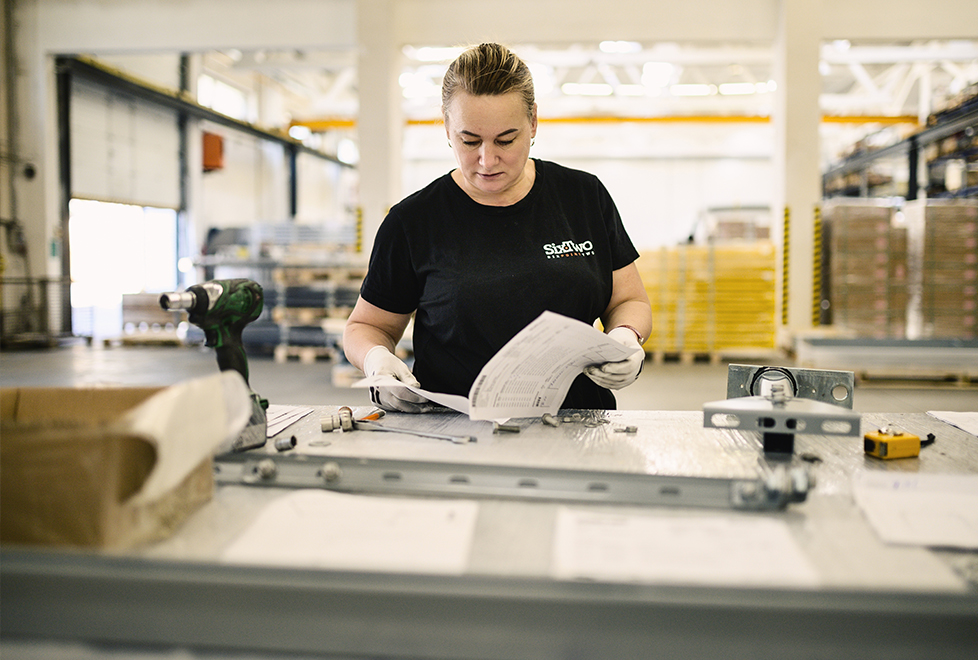Making the exact same thing, but in a different way?
Challenge us!
Companies often ask SixPointTwo about whether we can make one (or more products) from their range. This often involves a successful product where the demand continues to grow, but the company cannot expand its own production capacity. And we are always interested, even if it means producing it in inches. How do we approach this? It’s a matter of careful alignment…
Let’s assume the product consists of materials that we can produce with our people and machines. And let’s also assume that you, the reader, are our potential client. We first ask you for the product specifications and drawings. Once the requested material arrives, our production engineering specialist will examine it. If he sees that you work with imperial measurements and produce in inches, we have a new situation. Because SixPointTwo normally uses the metric system. So your request becomes more specific. Can we make the product exactly to the specified dimensions in inches in our metric manufacturing environment?
First, we re-engineer…
We cannot – unfortunately – answer this more specific question with a simple yes. First, we advise that you have us re-engineer the product. You can then decide whether to engage us based on the re-engineered model and our quotation. You might ask why is re-engineering a necessary intermediate step? Isn’t it really simple to just convert from inches to centimetres? True, but conversion alone won’t get us there. In fact, companies that work with inches often use materials that are slightly different from those we are used to. An example might help. In Europe, S235 is a commonly used steel grade for general applications. However, US companies – as well as their European subsidiaries – use ASTM A572 and ASTM A36 steel grades for these applications. These steels are similar to S235 but have slightly different properties, such as deflection. And more often than not, there is another complication too. European steels are supplied in thicknesses that are slightly different from those commonly used in the United States.
Forming a comprehensive picture
Small deviations in product components can have major consequences in terms of tolerances and in other areas. For example, trailer construction has shown that adjustments in material composition can have significant consequences on the deflection limits of a trailer. If together we want to assess the implications of working with a slightly different material and/or different thicknesses, we suggest making a new model of the product at a price to be determined in advance. All components that will be made from the specific materials that SixPointTwo can use are linked together in this re-engineered model. We can then assess how the components interact with each other. The model makes it clear whether SixPointTwo can produce and fulfil your requirements. And the answer is then… yes? Then we will make further arrangements for our collaboration and we’re in business!

